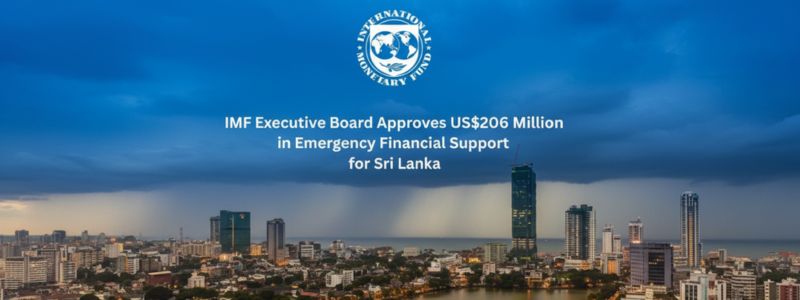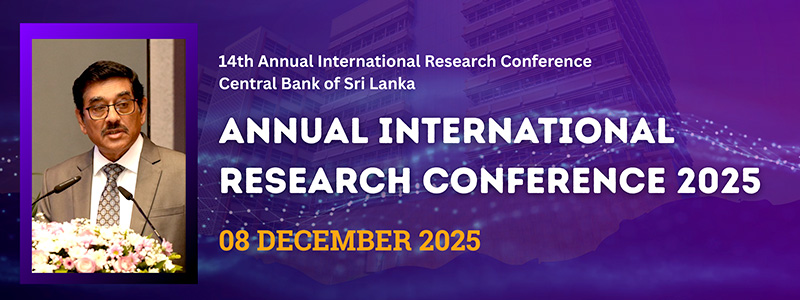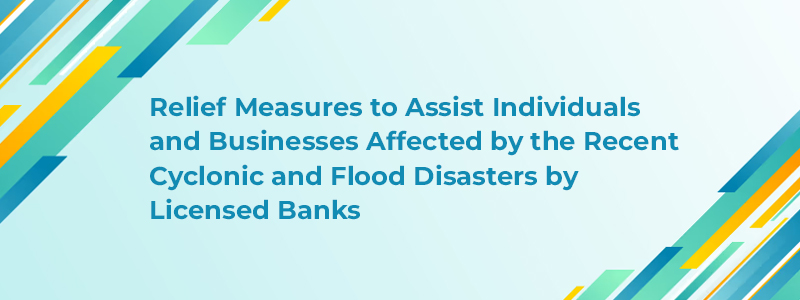Payment cards provide customers the convenience of withdrawing cash through Automated Teller Machine (ATM) network and transacting through merchants worldwide. However, there is a possibility that ATM and card reading machines can be abused by criminals in order to steal customer funds from their accounts. To mitigate such incidents, international payment card security standards and best practices have been adopted in Sri Lanka’s ATM and payment card network, such as issuance of cards with increased security which have an electronic chip (EMV) and provide for SMS alerts for all electronic transactions.
Few incidents of fund withdrawals using fraudulent payment cards were reported in the recent past. Central Bank of Sri Lanka, Lanka Clear (Pvt) Limited and licensed banks have initiated several measures, in addition to measures that are already in place, to mitigate such situations and enhance the security of customer funds while ensuring the safety of the banking system.

















